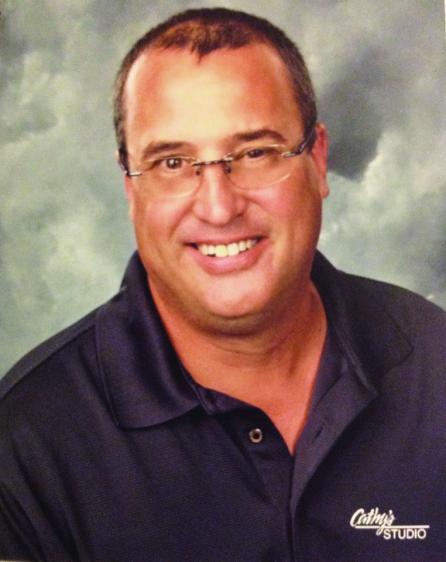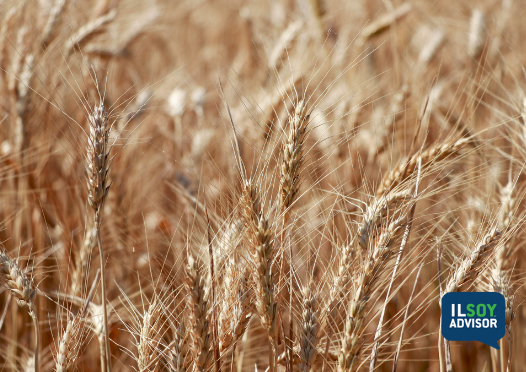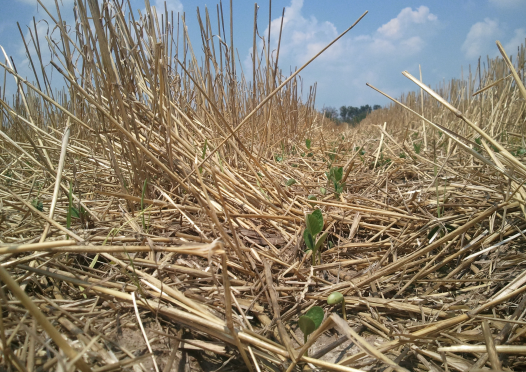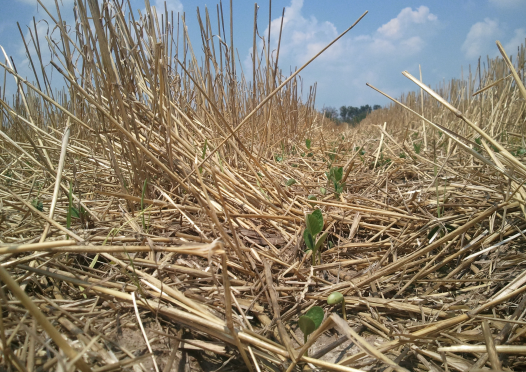ILSOYADVISOR POST
Double-Crop Soybeans Challenges in 2015
The very long, wet June has caused many issues as we approached mid July. In many areas wheat harvest was delayed because of the heavy and frequent rains. An additional result was we began to see quality issues emerge in the wheat that also led to more harvest delays as producers tried to figure out what to do with lower-quality wheat.
In working to get in the wheat harvest we were rutting up wheat fields in many areas due to the saturated soils. Then we added to this issue with heavy rainfalls about July 4th that in some cases filled up these ruts and made field conditions impassable.
So as we approach mid July we have many wheat fields that look like the attached picture. Those with crop insurance have in many cases elected to take prevented planting on these acres. Meanwhile, those who didn’t have crop insurance are trying to work or plant these fields today.
One of the major issues I see in these fields is the anaerobic condition of the soil. This is evidenced in many cases by the lack of any weed growth since harvest. The soil, when opened up, has a very soured or rotten egg smell. In many cases planting, such as no till, into these conditions will not result in an acceptable stand.
So producers are faced with two choices if they still want to plant. Work the ground, if they can, or wait until the soil dries up and conditions are favorable for no till planting. Working soil this wet will destroy structure and can put in tillage pans and wheel-track compaction. If we turn hot and dry for the rest of the year this could be a major yield-limiting factor. If one waits, the issue becomes frost on the back end of a late-planted crop.
Needless to say, conditions do not look favorable for those who are still trying or have to plant double-crop beans this year.





Comments
Add new comment